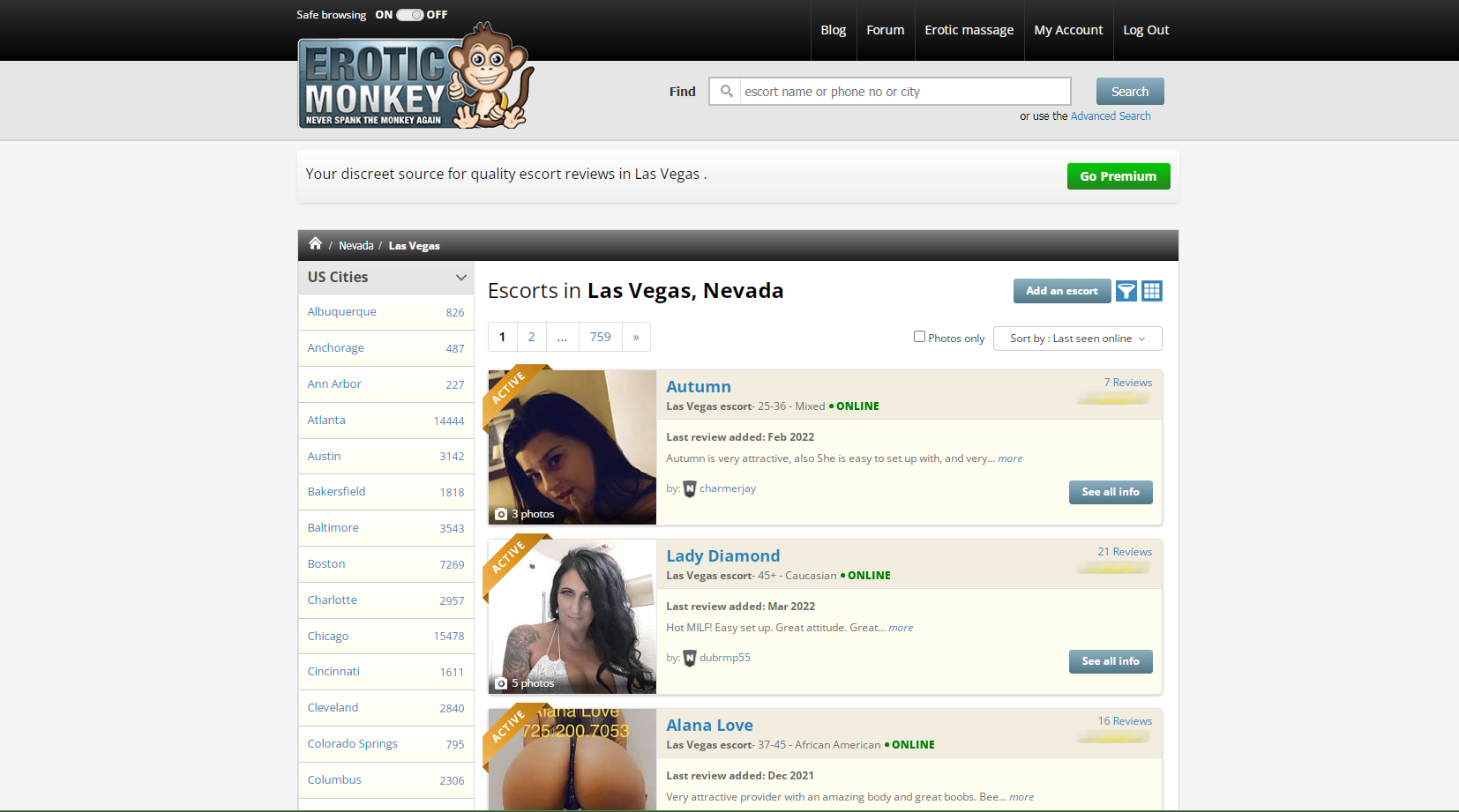
WEIGHT: 48 kg
Breast: 36
One HOUR:250$
NIGHT: +40$
Services: Cum in mouth, French Kissing, Travel Companion, Lesbi-show hard, Foot Worship
We were curious: How often are all the planets above the horizon at the same time, in a reasonably dark sky? The Moon and planets have been enlarged slightly for clarity. On mobile devices, tap to steer the map by pointing your device at the sky. Need some help? Mercury is just 13 degrees from the Sun in the sky, so it is difficult to see. Venus is close to the Sun and can only be seen shortly after sunset.
Try finding a good, unobstructed view of the horizon. Venus is visible by day, but may be hard to find. Saturn is just 13 degrees from the Sun in the sky, so it is difficult to see. Uranus can best be seen in the hours just after sunset. Visibility improves as the sunlight fades. You may need binoculars. Very close to Sun, hard or impossible to see. Bring binoculars but don't look at the Sun!

Neptune is just 21 degrees from the Sun in the sky, so it is difficult or impossible to see it. You may need binoculars, but only use them when sun is down. With surface gravity, moons, current phase, type, and more. Check the best dates and timings to see shooting stars from your location. Icy leftovers from the birth of the solar system. Sign in. Moon: 6. Loading stars Mercury rise and set in Chesapeake Fairly close to the Sun.
Visible only after sunset. Mercury Time:. Venus rise and set in Chesapeake View just after sunset. Venus Time:. Mars rise and set in Chesapeake View after sunset. Mars Time:. Jupiter rise and set in Chesapeake View after sunset. Jupiter Time:. Saturn rise and set in Chesapeake Fairly close to the Sun. Saturn Time:. Uranus rise and set in Chesapeake View after sunset.

Bring binoculars. Uranus Time:. Neptune rise and set in Chesapeake Very close to Sun, hard or impossible to see. Neptune Time:. Planet Sizes and Order. Moon Phase and Position. Meteor Showers. What Is a Conjunction? What Are Comets?



































